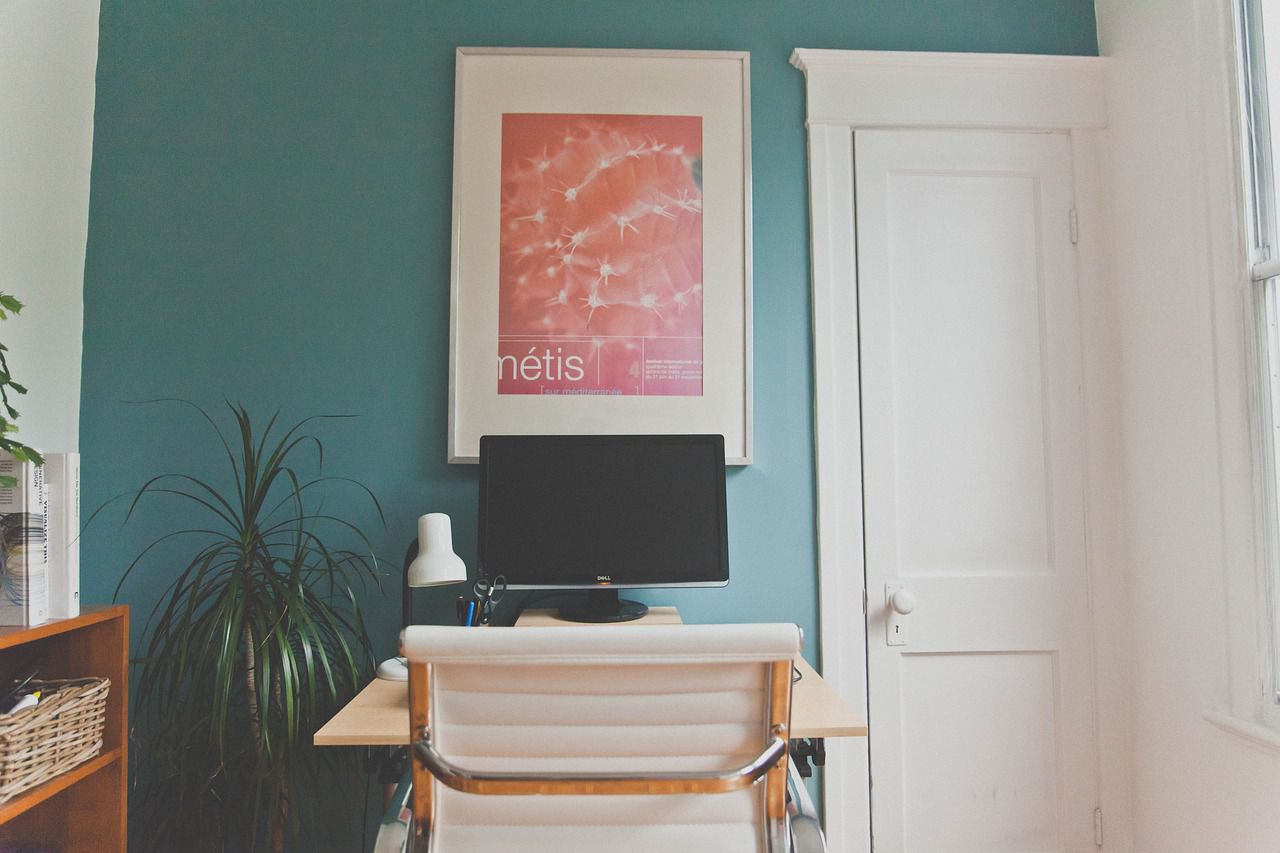Discover how to revive your furniture's appeal when faced with the frustration of peeling paint.
Don't let it tarnish your home's fresh and well-maintained look.
Follow these steps to rejuvenate your furniture and keep it looking its best.
Remove Loose Paint with Care
Employ a putty knife or scraper to gently eliminate any loose or peeling paint.
Exercise caution to avoid damaging the underlying surface or exacerbating the peeling.

Achieve a Smooth Surface
Utilize fine-grit sandpaper to create an even, seamless transition where the paint has peeled.
This process enhances the adhesion of the new paint, fostering a flawless finish.
Lightly sand the surrounding areas for optimal blending.
Thoroughly Clean the Surface
Clear away sanding residue and any lingering dust or debris by diligently wiping down the furniture with a damp cloth.
Ensure the surface is completely clean and dry before proceeding.
Apply a Suitable Primer
If the bare surface is exposed, select a primer specifically formulated for the furniture material.
This essential step promotes proper paint adhesion, providing a uniform foundation for the topcoat.
Revive with Fresh Paint
Once the primer has dried, skillfully apply a new coat of paint using a brush or roller.
Choose paint that suits the furniture material and desired finish.
For optimal results, apply multiple thin coats, allowing each layer to dry before proceeding.













